Home>Home Appliances>Laundry Appliances>Why Did My Washing Machine Flood


Laundry Appliances
Why Did My Washing Machine Flood
Published: February 21, 2024
Discover the reasons behind your washing machine flooding and how to prevent it. Get expert tips on maintaining laundry appliances to avoid future mishaps. Learn more!
(Many of the links in this article redirect to a specific reviewed product. Your purchase of these products through affiliate links helps to generate commission for Storables.com, at no extra cost. Learn more)
Common Causes of Washing Machine Flooding
Washing machine flooding can be a homeowner's nightmare, causing extensive damage to floors, walls, and personal belongings. Understanding the common causes of washing machine flooding is crucial for preventing such disasters. Here are the primary culprits behind washing machine flooding:
-
Faulty Water Supply Hoses: The water supply hoses connected to your washing machine are prone to wear and tear over time. Cracks, bulges, or deterioration in these hoses can lead to leaks and subsequent flooding. Regularly inspecting and replacing these hoses can prevent potential disasters.
-
Clogged or Malfunctioning Drainage System: A clogged or malfunctioning drainage system can cause water to back up and overflow from the washing machine. This can occur due to the accumulation of lint, debris, or foreign objects in the drainage pipes or the washing machine's internal drainage system.
-
Overloading the Machine: Overloading the washing machine with an excessive amount of laundry can disrupt the balance of the appliance during the spin cycle. This imbalance can cause the machine to vibrate excessively, potentially leading to water spillage.
-
Faulty Water Inlet Valve: The water inlet valve controls the flow of water into the washing machine. If this valve malfunctions or fails to shut off properly, it can result in an overflow of water during the filling process.
-
Worn Out Seals and Gaskets: The seals and gaskets in the washing machine's tub and door are essential for preventing water from leaking out during the wash cycle. Over time, these components can deteriorate, leading to water seepage and, ultimately, flooding.
-
Internal Leaks and Malfunctions: Internal leaks within the washing machine, such as a damaged tub or pump, can cause water to escape and flood the surrounding area. Additionally, malfunctions in the machine's internal components, such as the water level sensor or pressure switch, can lead to overfilling and subsequent flooding.
Understanding these common causes of washing machine flooding empowers homeowners to take proactive measures to prevent such incidents. By addressing these potential issues and regularly maintaining the washing machine, individuals can safeguard their homes from the devastating effects of flooding.
Key Takeaways:
- Regularly inspect and replace water supply hoses to prevent washing machine flooding. Upgrade to stainless steel hoses for added durability and consider installing automatic shutoff valves for proactive protection.
- After a washing machine flood, prioritize safety, remove standing water, ventilate the area, inspect for water damage, sanitize and disinfect, and consider seeking professional assistance for comprehensive restoration.
Read more: Why Is My Washer Shaking
Signs of Potential Washing Machine Flooding
Recognizing the signs of potential washing machine flooding is essential for homeowners to take preemptive action and avoid the costly aftermath of water damage. Here are the key indicators that may signal an impending washing machine flood:
-
Pooling Water Around the Washing Machine: One of the most evident signs of an impending washing machine flood is the presence of water pooling around the appliance after a laundry cycle. This can indicate leaks from the water supply hoses, drainage system, or internal components, necessitating immediate attention.
-
Damp or Discolored Walls and Floors: Moisture seepage from the washing machine can cause walls and floors in the vicinity to become damp or discolored. Discoloration, warping, or softening of the flooring materials can indicate water damage, signaling the potential for a flood.
-
Musty Odor: A persistent musty or moldy odor near the washing machine area can be a sign of hidden moisture accumulation. This can result from leaks or improper drainage, indicating the risk of future flooding and mold growth.
-
Unusual Noises During Operation: Unusual sounds, such as gurgling or sloshing, during the washing machine's operation can indicate drainage issues or water leakage within the appliance. These noises may signal potential flooding if left unaddressed.
-
Visible Wear or Damage to Hoses and Seals: Inspecting the water supply hoses and seals for visible wear, cracks, or deterioration is crucial. Any signs of damage can indicate an increased risk of leaks and potential flooding.
-
Inconsistent Water Levels: If the washing machine consistently overfills or underfills during the wash cycle, it may indicate a malfunctioning water inlet valve or internal component. This inconsistency can lead to water overflow and subsequent flooding.
-
Excessive Vibrations or Movement: Excessive vibrations or movement of the washing machine during the spin cycle can indicate an imbalance, potentially causing water to spill over. Monitoring and addressing these irregularities can prevent future flooding incidents.
By remaining vigilant for these signs of potential washing machine flooding, homeowners can proactively address underlying issues, mitigate the risk of water damage, and safeguard their living spaces from the disruptive and costly effects of flooding. Regular maintenance, timely repairs, and proactive monitoring are key to preventing washing machine-related floods and maintaining a secure home environment.
Check the water supply hoses for any cracks or leaks. Replace them if necessary to prevent future flooding.
Preventative Measures for Washing Machine Flooding
Preventing washing machine flooding requires a proactive approach that encompasses regular maintenance, inspection, and the implementation of preventative measures. By taking the following steps, homeowners can significantly reduce the risk of potential flooding incidents and protect their living spaces from water damage.
-
Inspect and Replace Water Supply Hoses: Regularly inspecting the water supply hoses for signs of wear, including cracks, bulges, or deterioration, is essential. Consider replacing these hoses every five years, even if no visible damage is present, to prevent unexpected leaks and potential flooding.
-
Upgrade to Stainless Steel Hoses: Consider upgrading to stainless steel braided hoses, which are more durable and less prone to damage compared to traditional rubber hoses. The enhanced strength and flexibility of stainless steel hoses reduce the likelihood of leaks and provide added protection against flooding.
-
Install Automatic Shutoff Valves: Automatic shutoff valves can detect unusual water flow or leaks and promptly shut off the water supply to the washing machine. This proactive measure can prevent extensive flooding by halting the influx of water in the event of a malfunction or hose failure.
-
Maintain Proper Drainage: Ensure that the washing machine's drainage system, including the standpipe and drain hose, is free from clogs and obstructions. Proper drainage prevents water backup and overflow, reducing the risk of flooding during the wash and spin cycles.
-
Avoid Overloading the Machine: Adhering to the recommended laundry load capacity for the washing machine is crucial. Overloading the appliance can lead to imbalance, excessive vibrations, and potential water spillage. Following the manufacturer's guidelines for load capacity helps maintain the machine's stability during operation.
-
Regularly Clean the Lint Filter: Cleaning the washing machine's lint filter or trap at regular intervals prevents the accumulation of debris and lint in the drainage system. A clean filter promotes efficient water drainage, reducing the likelihood of blockages and potential flooding.
-
Monitor Water Inlet Valve Functionality: Periodically check the water inlet valve for any signs of leaks, corrosion, or malfunctions. Ensuring the proper functioning of the inlet valve prevents overfilling and water overflow during the washing machine's filling process.
-
Inspect Seals and Gaskets: Regularly inspect the seals and gaskets around the washing machine's door and tub for wear or damage. Damaged seals can lead to water seepage and potential flooding. Promptly replacing worn-out seals and gaskets helps maintain a watertight seal during the wash cycle.
By implementing these preventative measures, homeowners can minimize the risk of washing machine flooding and protect their homes from the damaging effects of water intrusion. Proactive maintenance, regular inspections, and the use of advanced technologies such as automatic shutoff valves contribute to a secure and resilient laundry environment, ensuring peace of mind and safeguarding against potential flooding disasters.
Steps to Take After a Washing Machine Flood
Dealing with the aftermath of a washing machine flood can be overwhelming, but taking immediate and systematic action is crucial to mitigate further damage and restore the affected area. Here are the essential steps to take after a washing machine flood:
-
Ensure Safety First: Prioritize safety by switching off the power supply to the washing machine and unplugging it from the electrical outlet. Avoid stepping into the flooded area until you can confirm that it is safe to do so. If the water level is significant, consider contacting a professional to assess the situation and ensure electrical safety.
-
Remove Standing Water: Use a wet-dry vacuum, mop, or towels to remove standing water from the affected area. Promptly extracting the water helps prevent additional structural damage, mold growth, and water seepage into adjacent spaces.
-
Ventilate the Area: Open windows and use fans to improve air circulation and facilitate the drying process. Proper ventilation aids in reducing moisture levels, preventing the onset of mold and mildew, and expediting the restoration of the flooded space.
-
Inspect for Water Damage: Thoroughly inspect the walls, flooring, and any affected belongings for signs of water damage. Look for discoloration, warping, or softening of materials, as well as the presence of mold or mildew. Document the damage for insurance purposes, taking photographs if possible.
-
Dispose of Contaminated Items: Discard any porous materials, such as carpeting, padding, or upholstered furniture, that have been extensively saturated and cannot be effectively cleaned and dried. These items can harbor bacteria, mold, and contaminants, posing health risks if retained.
-
Sanitize and Disinfect: Clean and disinfect the flooded area and salvageable items with a solution of water and a mild detergent or a specialized disinfectant. This helps eliminate bacteria, mold spores, and other potential contaminants, promoting a safe and hygienic environment.
-
Dry Out the Space: Utilize dehumidifiers and continue to promote airflow to aid in the thorough drying of the affected area. Pay particular attention to hidden or hard-to-reach spaces where moisture may linger, such as behind baseboards and within wall cavities.
-
Seek Professional Assistance: If the flooding has caused extensive damage or if you are uncertain about the extent of the water intrusion, consider engaging the services of water damage restoration professionals. Experienced technicians can assess the situation, conduct thorough drying and decontamination, and provide comprehensive restoration services.
By following these systematic steps after a washing machine flood, homeowners can effectively address the immediate aftermath of the incident, minimize the impact of water damage, and work towards restoring the affected area to its pre-flood condition. Taking swift and methodical action is key to mitigating the long-term effects of a washing machine flood and ensuring a safe and habitable living environment.
Frequently Asked Questions about Why Did My Washing Machine Flood
Was this page helpful?
At Storables.com, we guarantee accurate and reliable information. Our content, validated by Expert Board Contributors, is crafted following stringent Editorial Policies. We're committed to providing you with well-researched, expert-backed insights for all your informational needs.
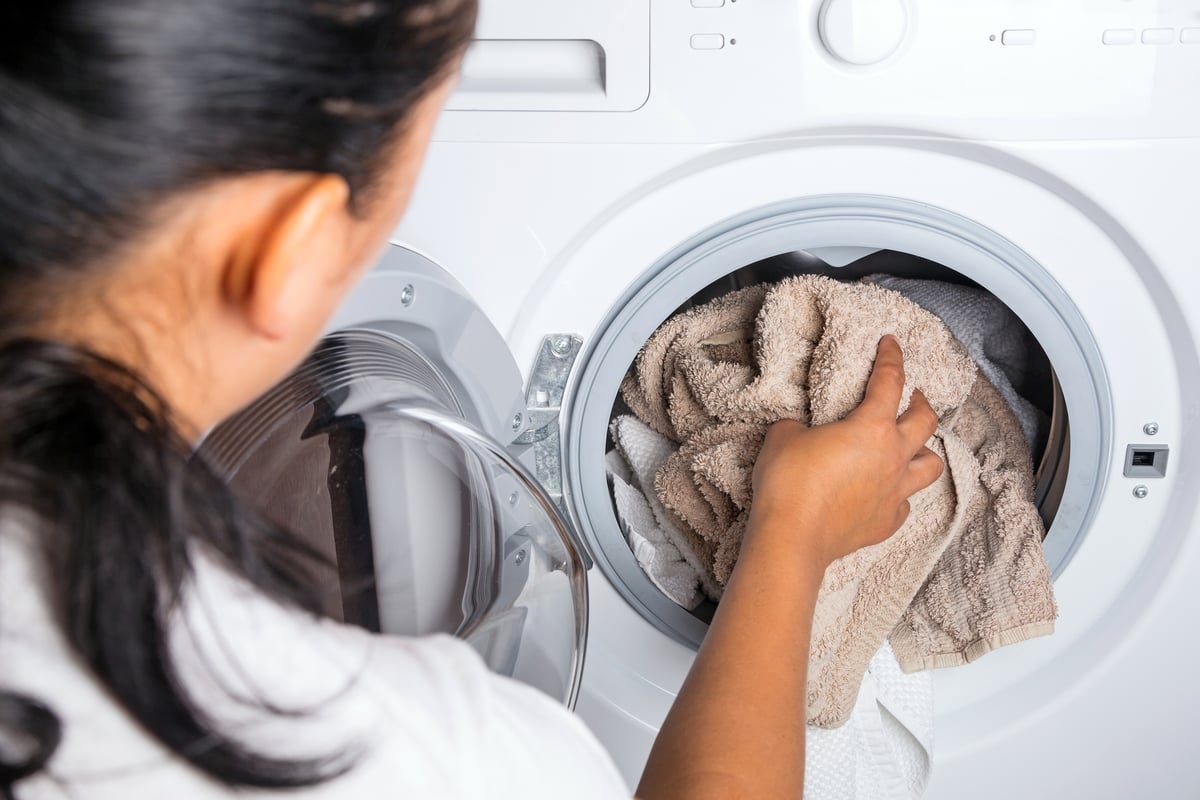
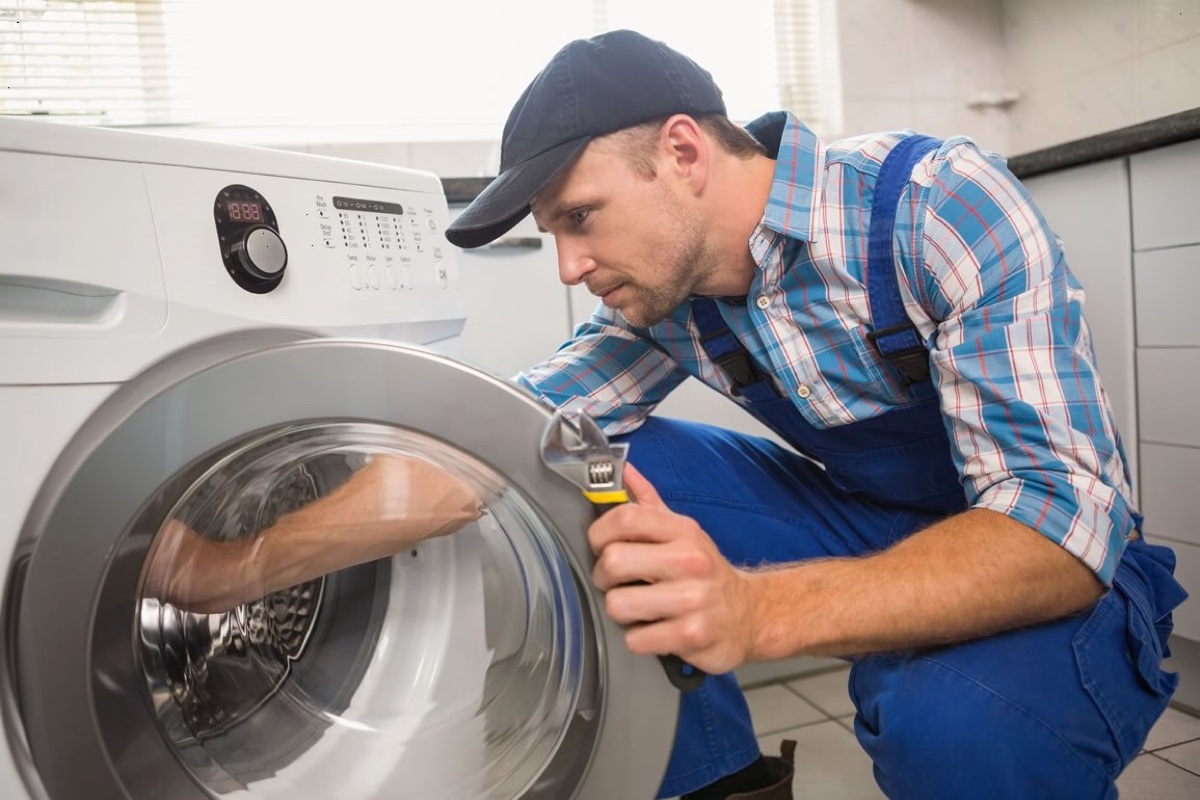
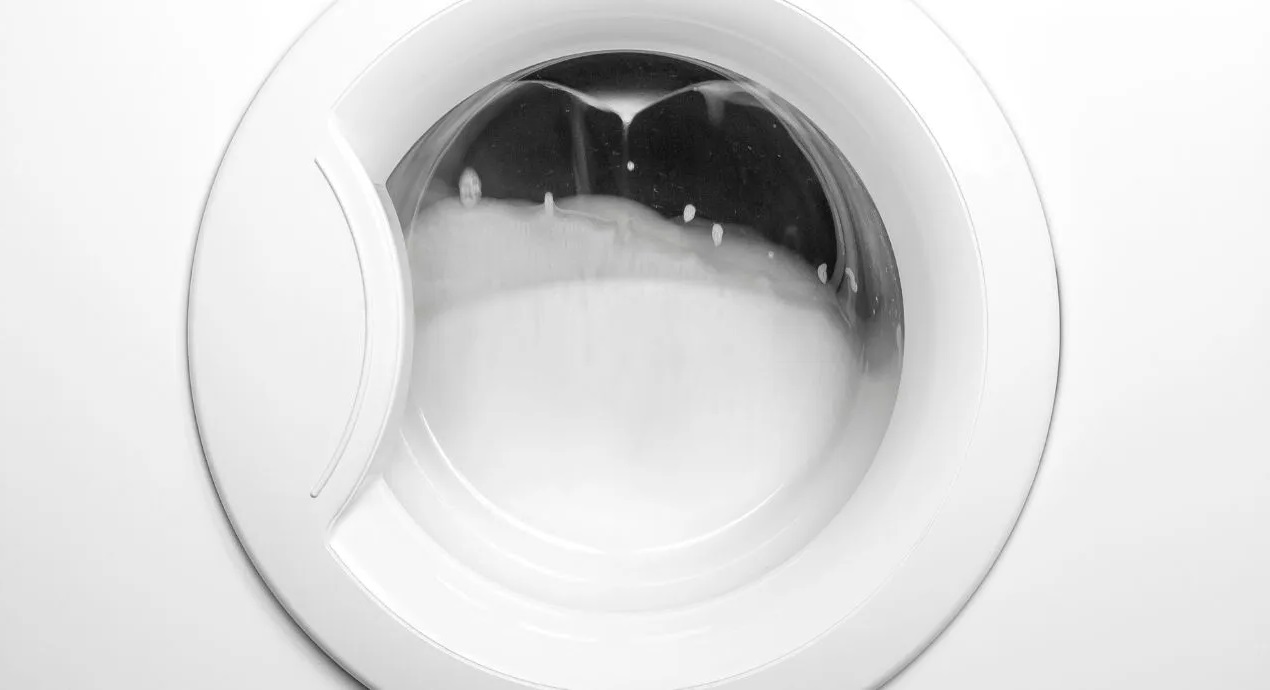
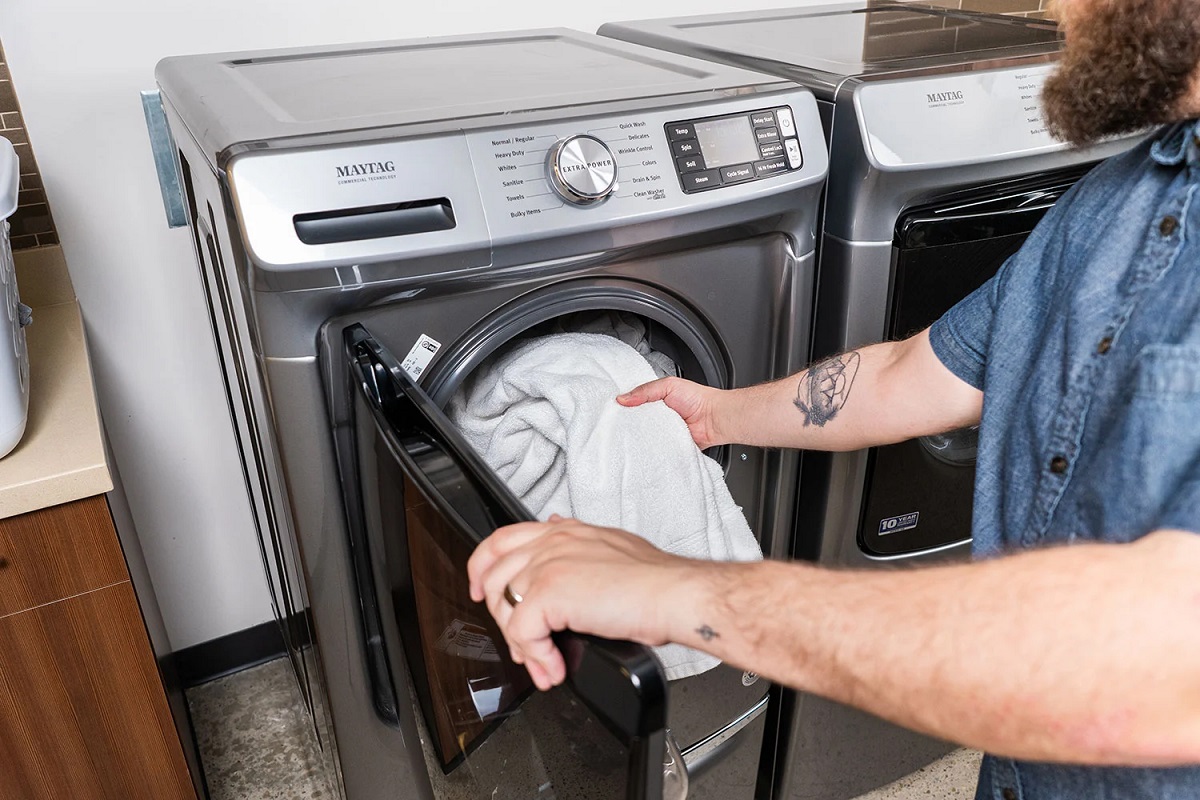
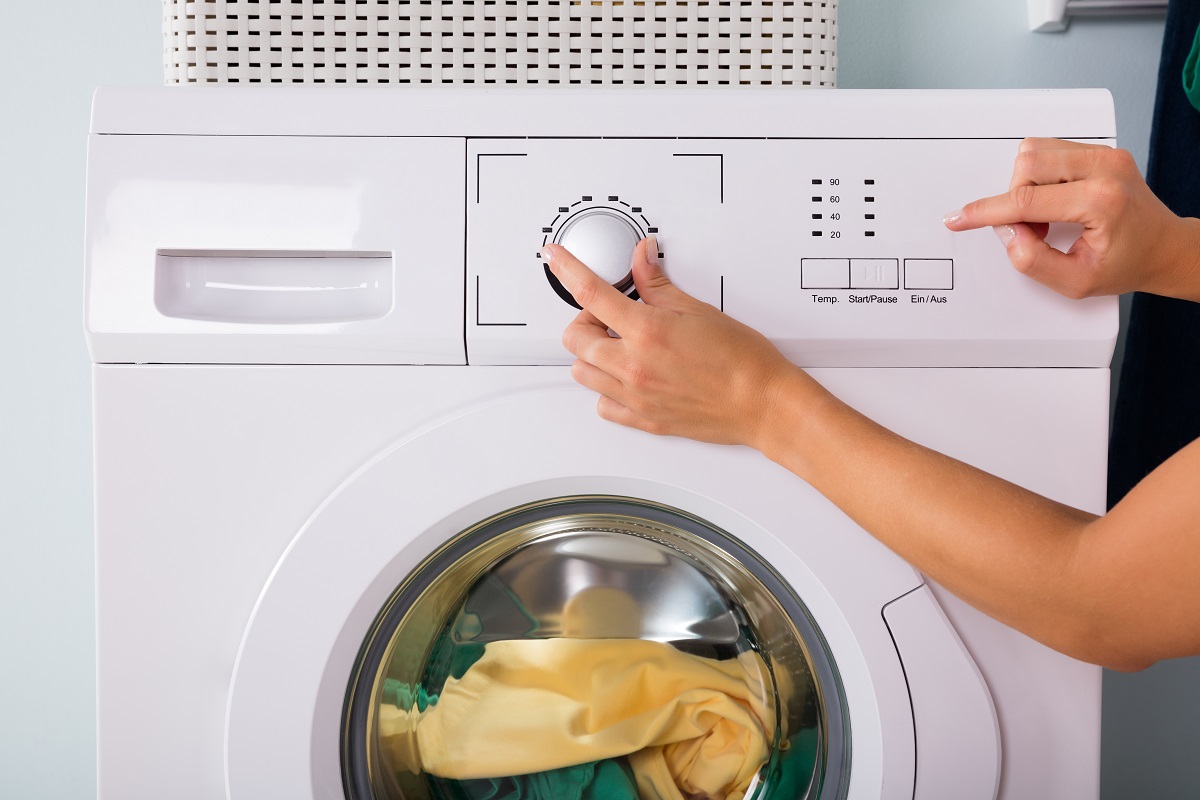
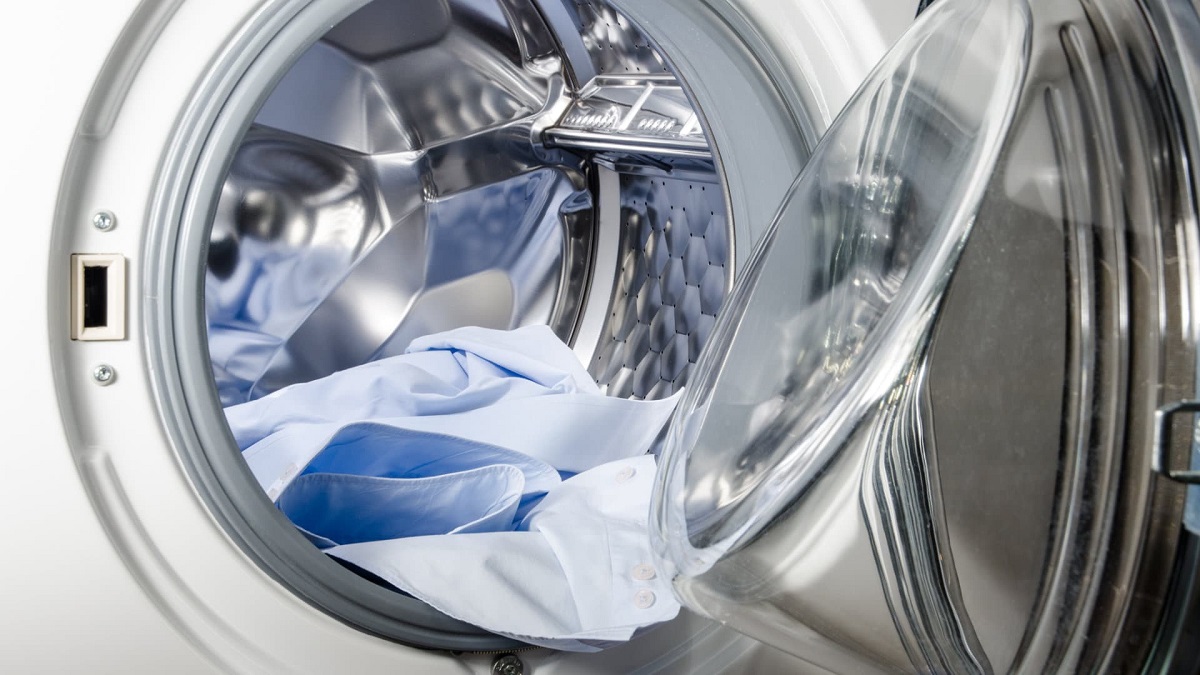
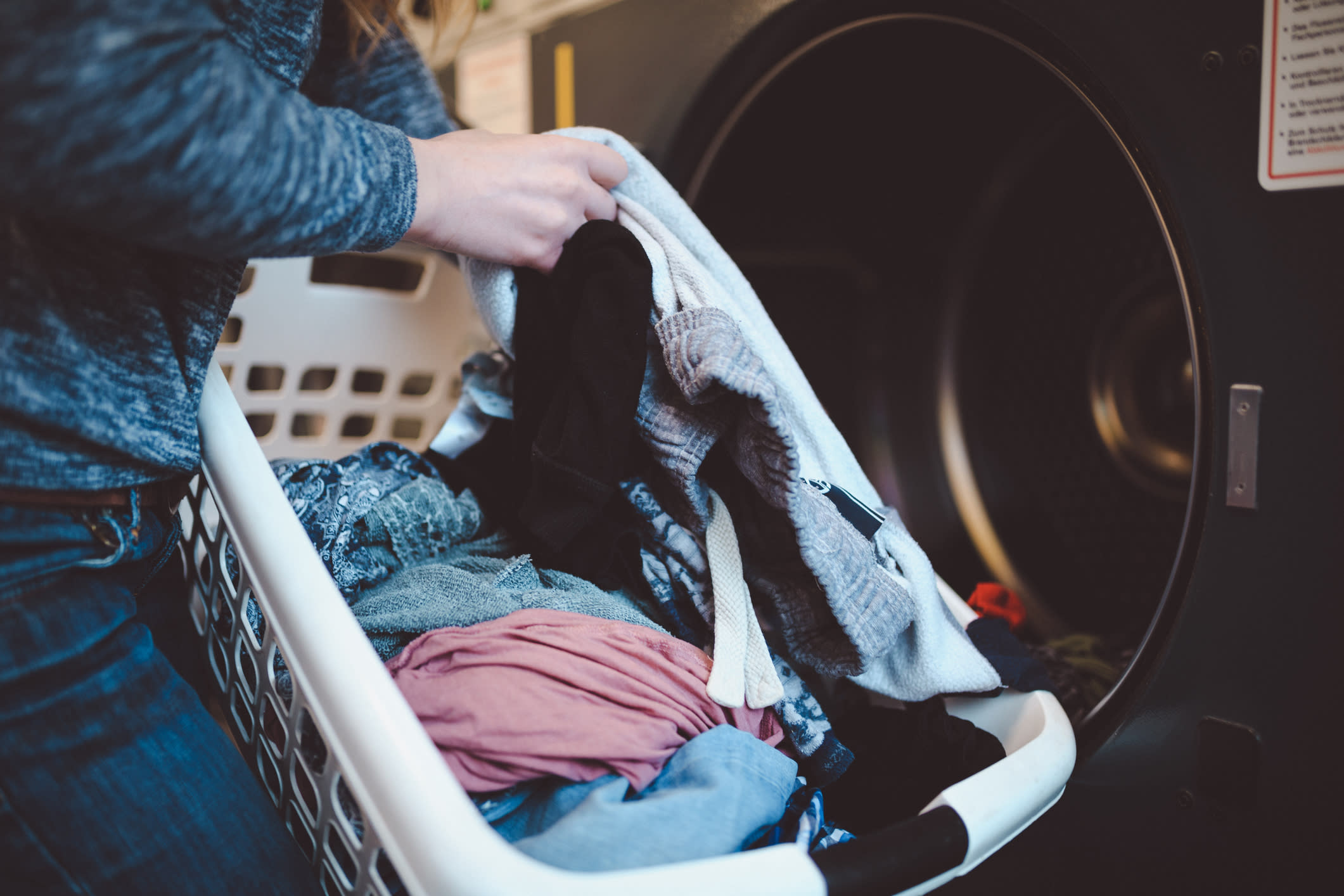
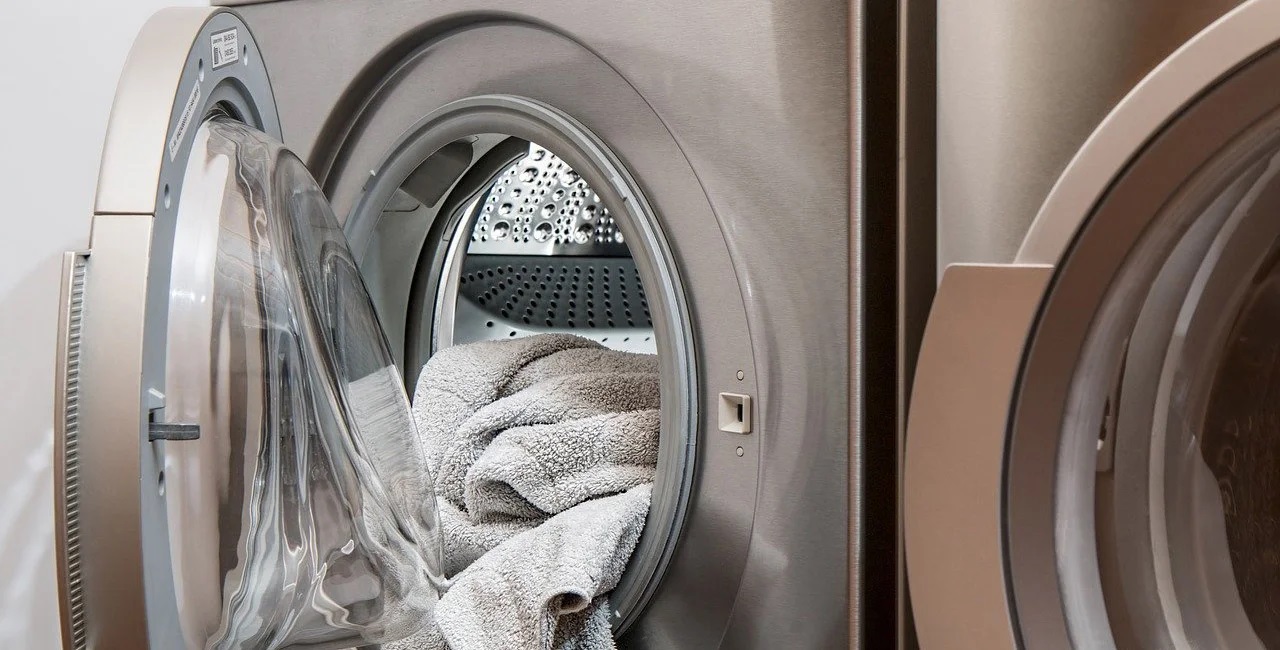
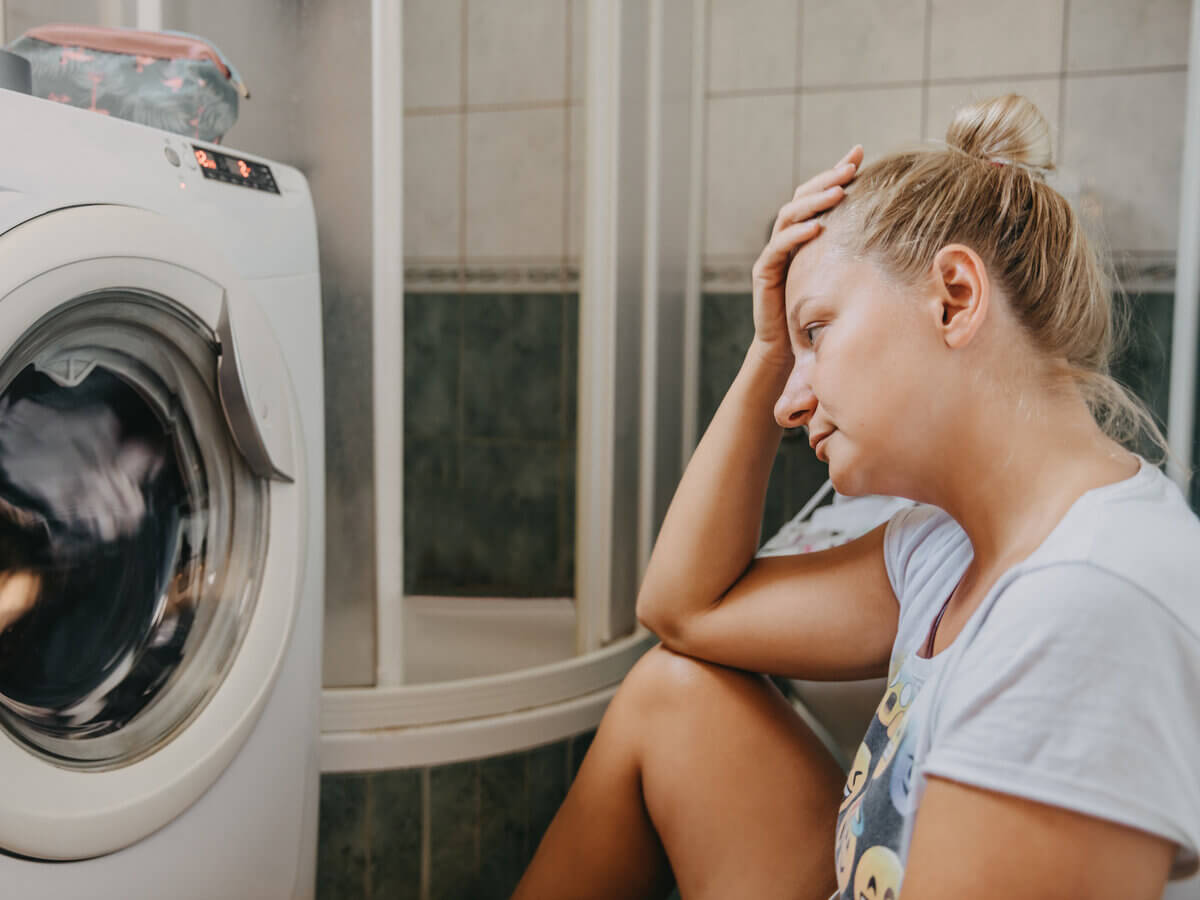
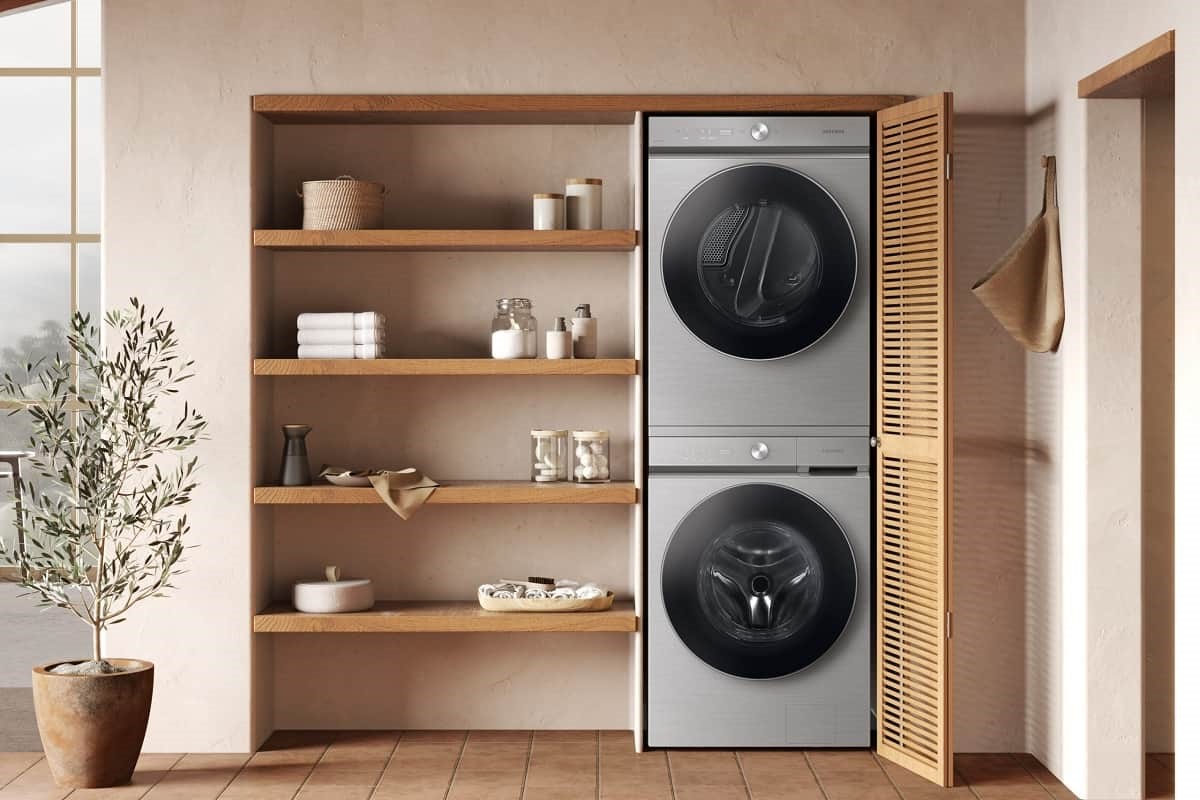
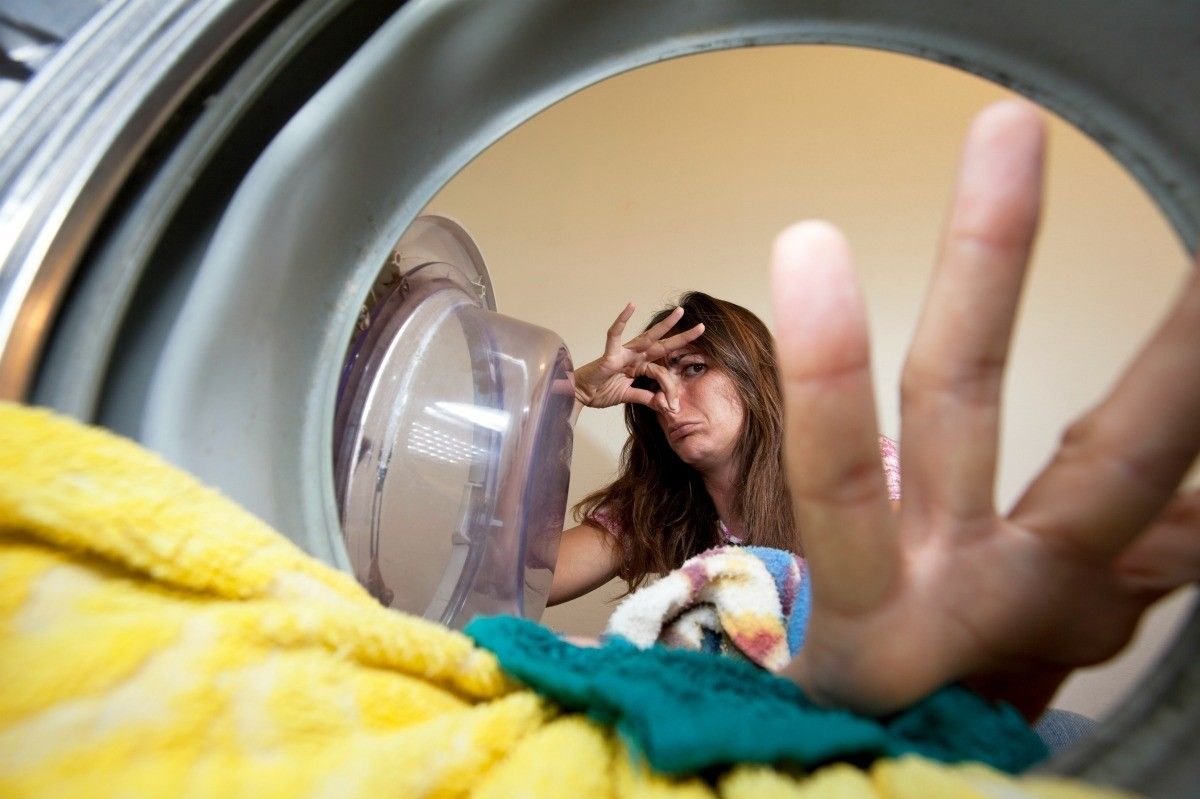
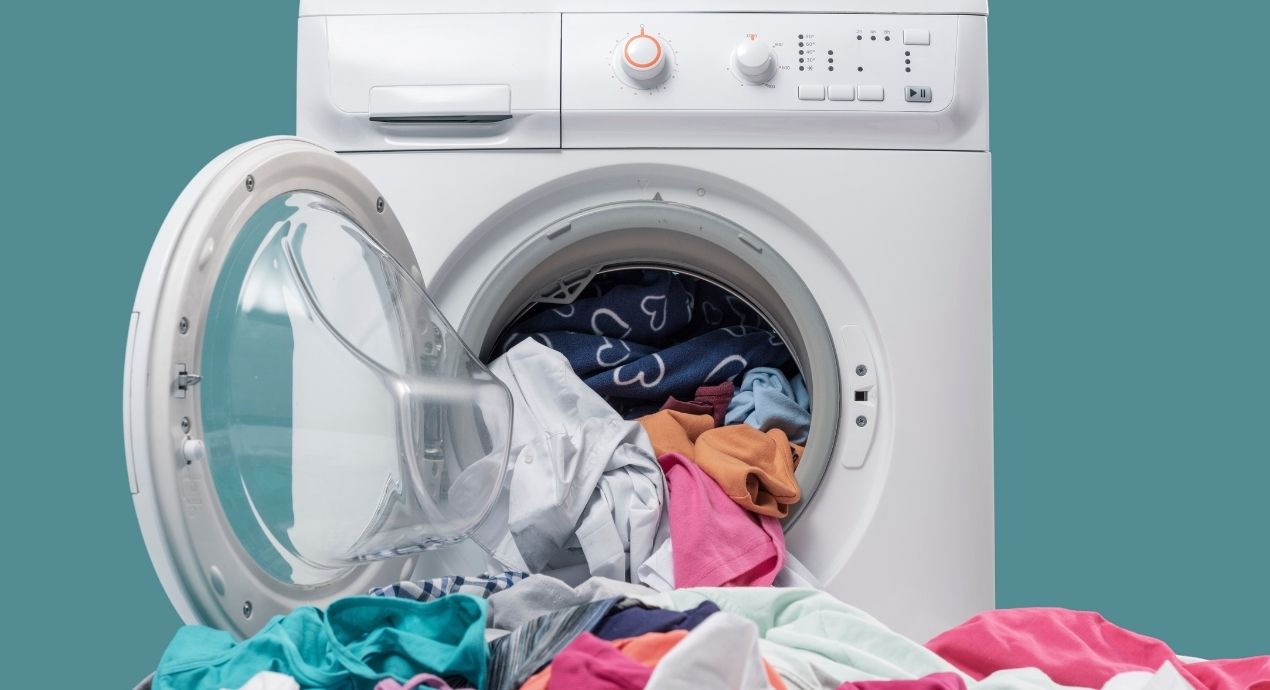
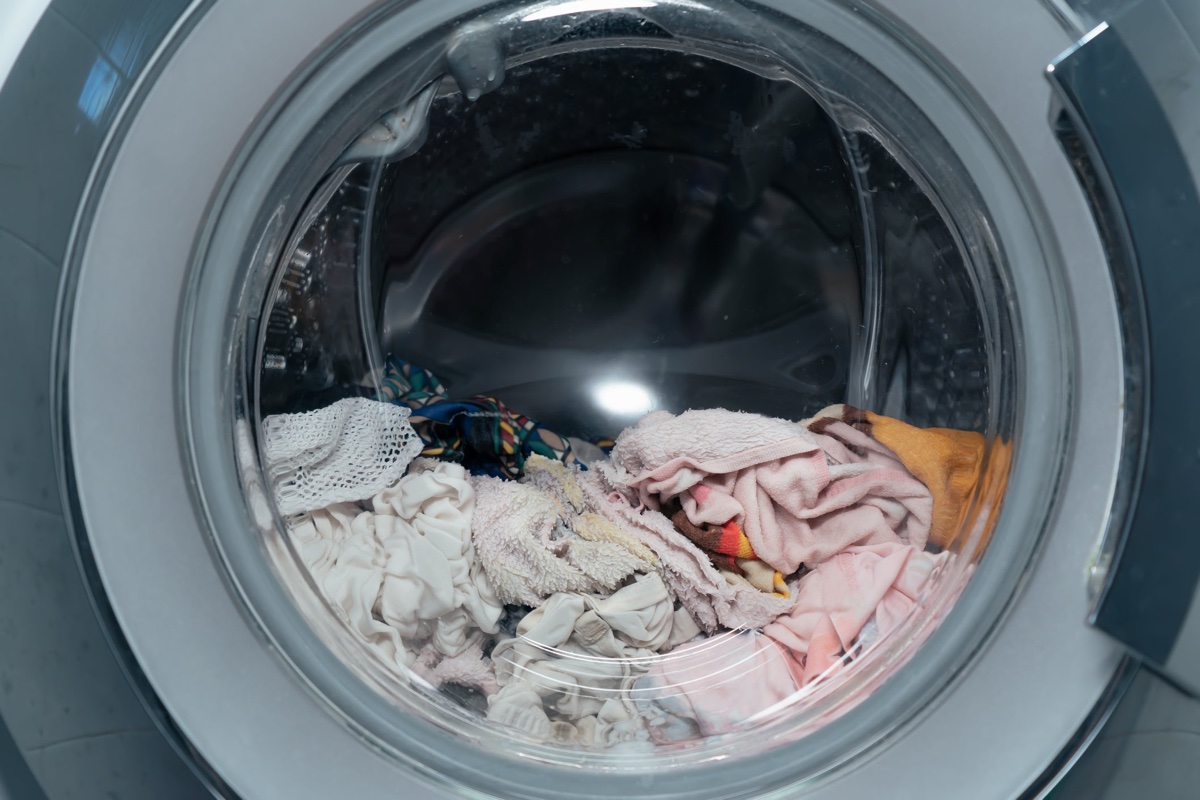
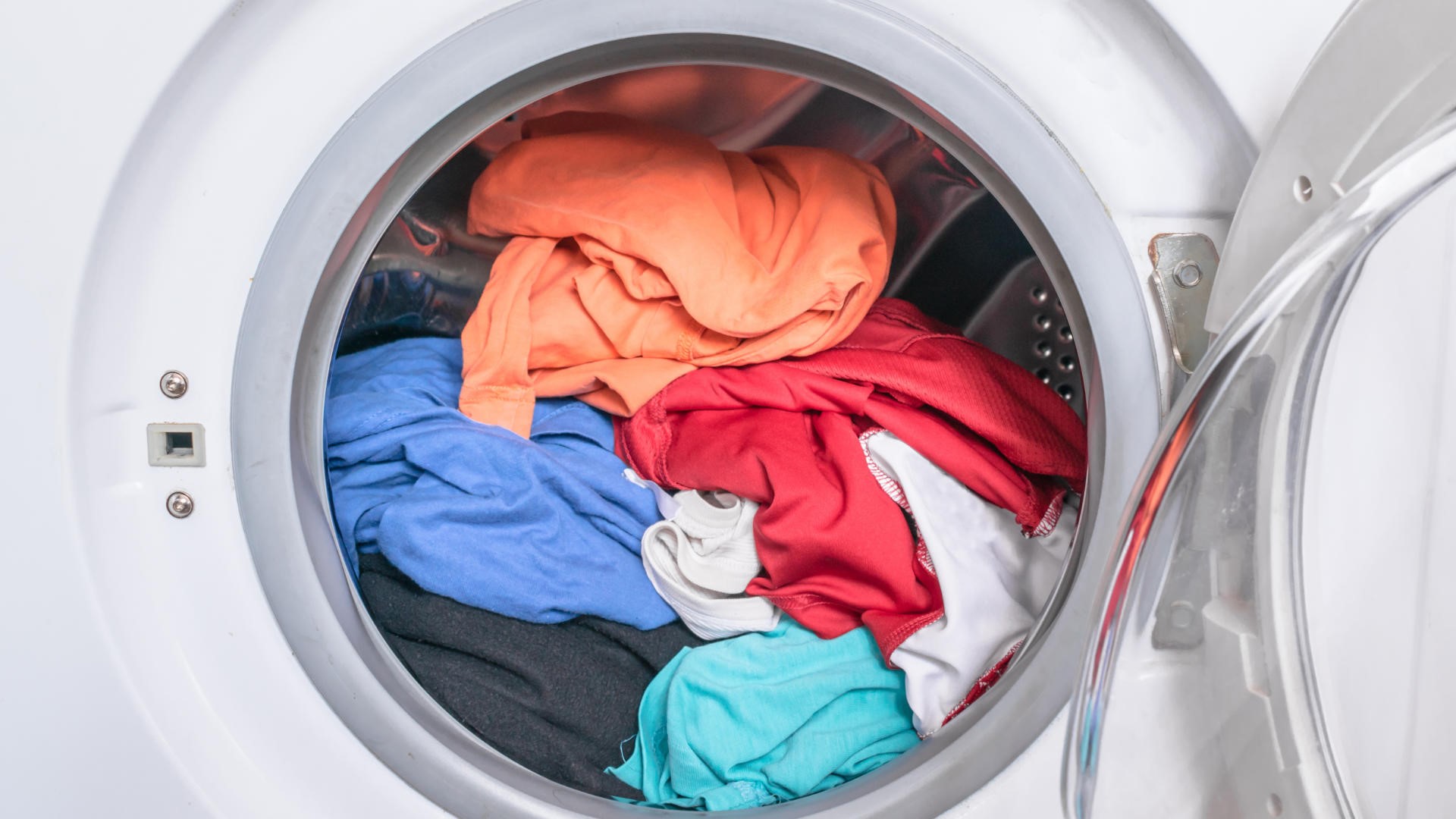
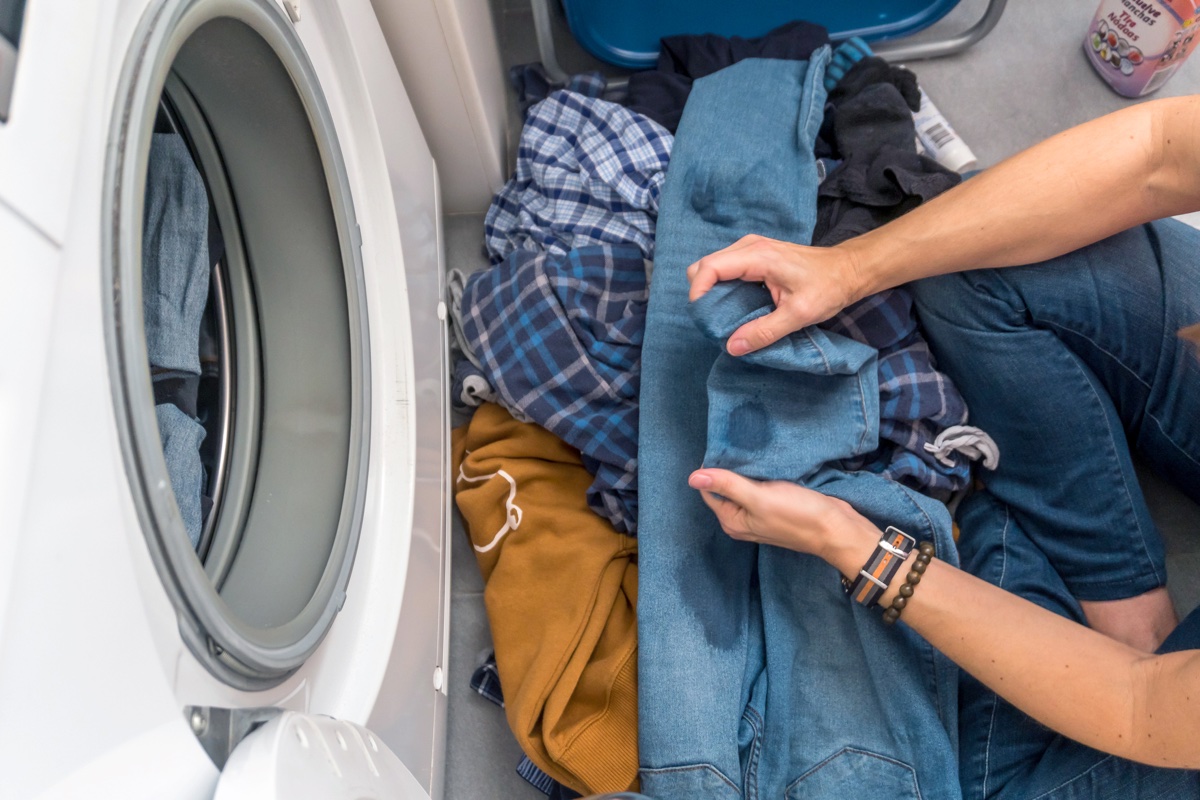

0 thoughts on “Why Did My Washing Machine Flood”